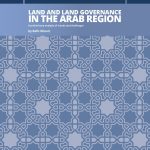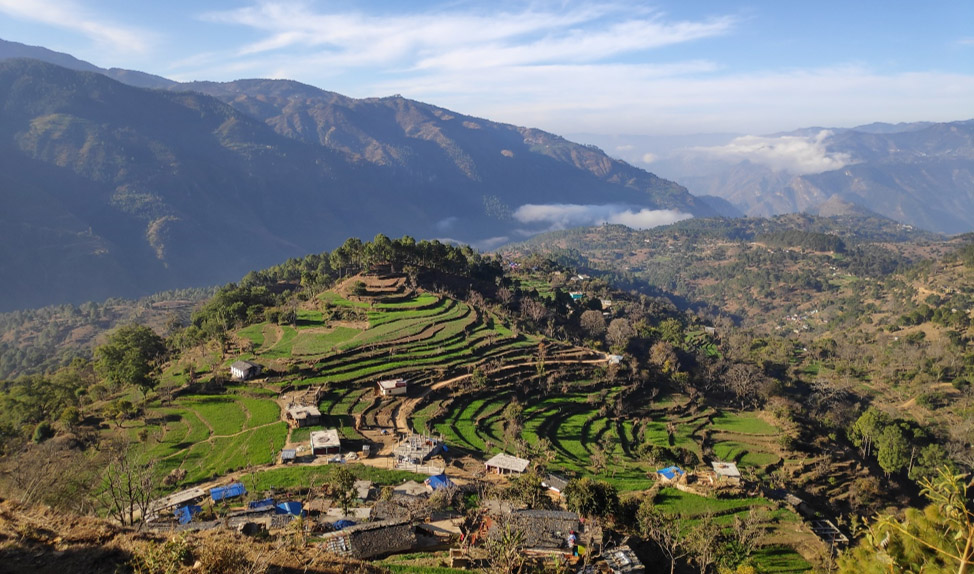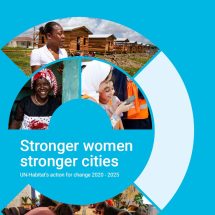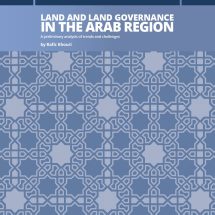Nepal has stepped into yet another and very important milestone in guaranteeing security of tenure and access to land for all. Following the promulgation of the new Constitution in September 2015, the Government of Nepal amended the Lands Act of 1964 through enacting a Lands (Seventh Amendment) Act in 2018 which provided a legal framework for implementation of Article 40 (5) of the Constitution on the provision of land to landless Dalits. This was endorsed in September 2018 and paved way for yet another Bill for an Eighth Amendment of the Land Act which proposed to allow ownership of land for “landless squatters” and “unmanaged dwellers”. After lengthy and hectic deliberations at the House Committee on Agriculture, Cooperatives and Natural Resources and both the Houses of the Parliament- the House of Representatives and the National Assembly-, the 8th Amendment Bill to the Land Act was passed on September 19, 2019.
The Land Act has finally come into force after the Presidential Seal was affixed on February 11, 2020. This is a joy to the 1.3 million landless, land poor and other families holding nearly 10 million parcels of land without formal recognition and under continued threat to eviction. This marks victory to both the tireless efforts of land rights champions in the country and the commitment of the Government of Nepal which has expressed in the motto ‘Prosperous Nepal, Happy Nepali’. The National Land Policy adopted by the Government of Nepal in March 2019 commits to securing tenure and land ownership, protection of land rights, rehabilitation of the landless, squatters and informal tenure-holders for improved housing, equitable access to land for all, including women and vulnerable groups. The Land Act will provide a legislative framework to achieve these policy goals.
The major highlights of the legislation are:
- The land authority shall distribute the land equally among the landlord and the tenant, thus protecting the land rights of the tenants and dispelling dual ownership over land.
- Landless squatter families who have no land anywhere in the country and have no economic means to procure a piece of land will be provided with a parcel of land and land title free of cost for one-time up-to a designated size preferably at their original site of informal holding or relocated to any other appropriate site as deemed necessary in case they are currently residing in designated critical areas. The law provides for some restrictions to ensure the family does not become landless again.
- In case of other informal tenure holder residing in government land for more than 10 years and who also have registered land elsewhere in the country, they may be provided with land title for the piece of land up-to a designated size upon payment of levy calculated on the basis of their economic status, residential status, type of land, area of land, land value, duration of the informal landholding, and status of landholding elsewhere.

The law demands for a thorough assessment of the persons, families or households and land parcels for the identification, verification and recordation of landless squatters and informal tenure holders, their landholdings and information on different criteria to decide on the amount of levy to be imposed in case of non-landless informal tenure holders. In this process, more work on developing additional rules and regulations, and technical guidelines is necessary. The Social Tenure Domain Model (STDM), a pro-poor, gender responsive, participatory and affordable land information system for capturing person/s to land relationships cognizant of the land rights continuum, has been implemented in Nepal and has proven to be technically sound to generate the information required to implement on the new Land Act.
Since 2013, the Global Land Tool Network within the Land, Housing and Shelter Section of the UN-Habitat has been supporting land reform interventions in Nepal including (i) land policy development and consultations process, (National Land Policy adopted in 2019) and (ii) strategy development for Fit-For-Purpose Land Administration (FFP-LA) and support interventions towards the improvement of earthquake recovery and resilience for affected communities for sustainable and improved livelihoods. Further, the Government of Nepal already has the experiences and lessons learnt from STDM and FFP-LA application in in three settlements of Dholaka district and in the municipalities of Ratnanagar and Belaka.
Congratulations to Nepal on this new land legislation and we look forward to supporting the government of Nepal and stakeholders to scale up their efforts to improve tenure security for all.












